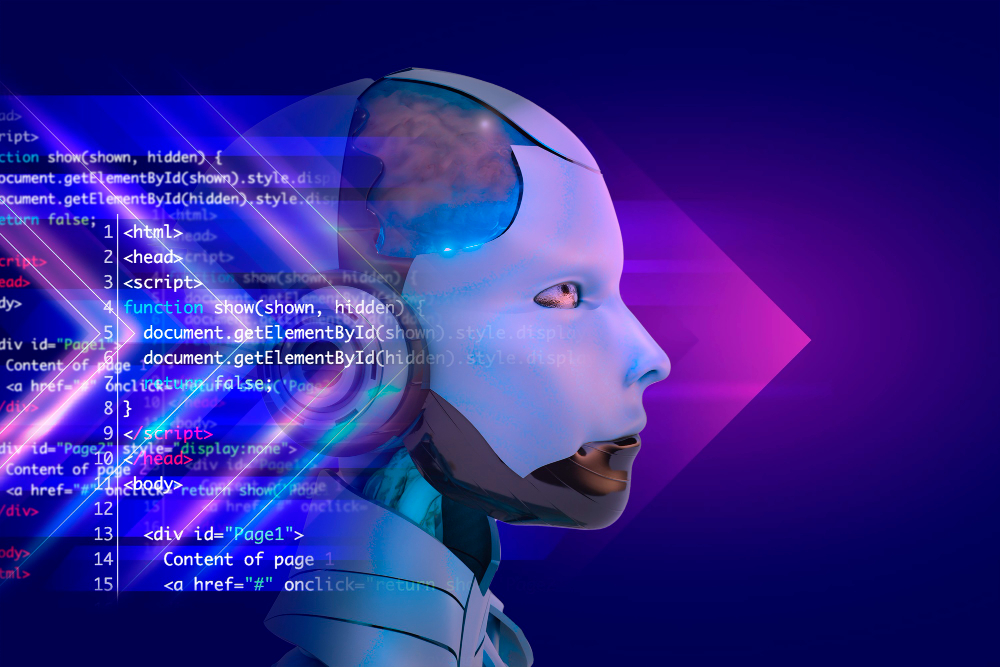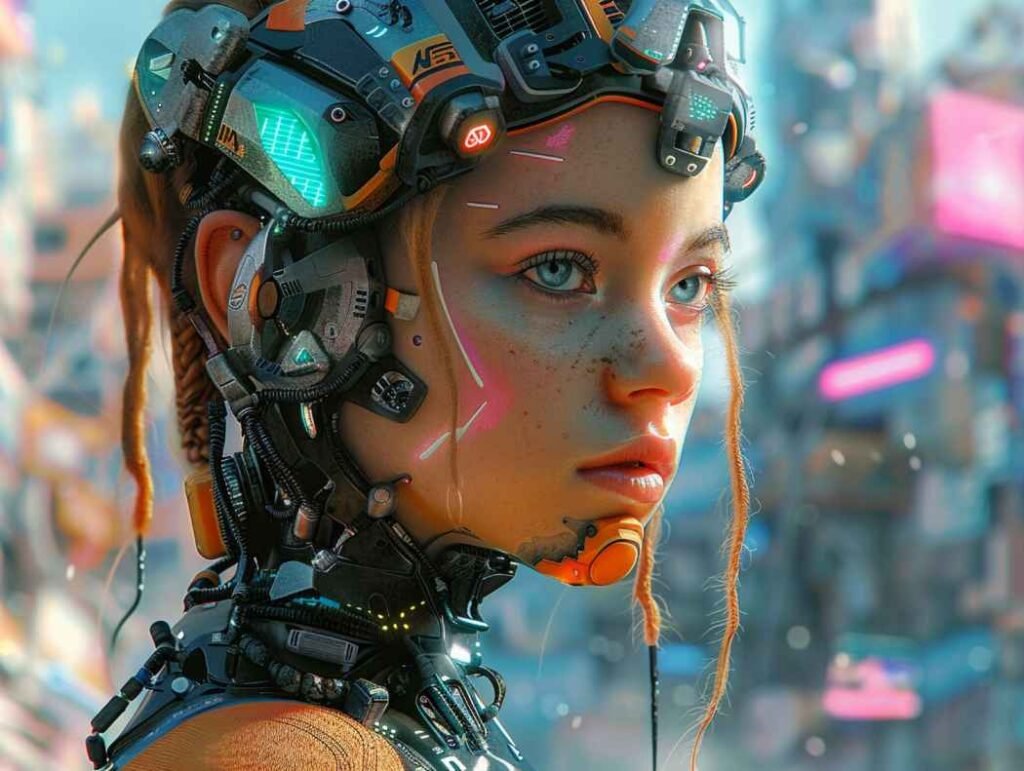1. Introduction: The Rise of AI Algorithms
Artificial intelligence (AI) algorithms are the driving force behind many of the technological advancements we witness today.
They enable machines to learn from data, make predictions, and perform complex tasks with remarkable accuracy.
Two popular branches of AI algorithms are machine learning and deep learning.
In this article, we will delve into these algorithms, their differences, and their applications in various fields.
2. Understanding Machine Learning
Machine learning is a subset of AI that focuses on enabling machines to learn from data and improve their performance without explicit programming.
There are three main types of machine learning algorithms: supervised learning, unsupervised learning, and reinforcement learning.
2.1 Supervised Learning
Supervised learning involves training a machine learning model using labeled data. The algorithm learns from input-output pairs and makes predictions on unseen data. For example, in a spam email classifier, the algorithm is trained on labeled emails (spam or not spam) to predict the label of new, unseen emails.
2.2 Unsupervised Learning
Unsupervised learning, on the other hand, deals with unlabeled data. The algorithm discovers patterns, relationships, and structures within the data without any predefined labels.
Clustering algorithms, such as k-means clustering, group similar data points together based on their features.
2.3 Reinforcement Learning
Reinforcement learning is a type of machine learning where an agent learns to interact with an environment to maximize a reward signal.
Through trial and error, the algorithm explores different actions and learns which actions lead to positive outcomes.
This type of learning is often used in robotics and game-playing AI.
3. Deep Learning: The Power of Neural Networks
Deep learning is a subfield of machine learning that focuses on the development and training of artificial neural networks.
These networks are inspired by the structure and function of the human brain and consist of interconnected layers of artificial neurons.
3.1 Artificial Neural Networks
Artificial neural networks (ANNs) are the fundamental building blocks of deep learning. They consist of input layers, hidden layers, and output layers. Each neuron in the network receives inputs, applies a mathematical transformation, and passes the output to the next layer.
Through a process called backpropagation, ANNs adjust their internal parameters to improve their performance.
3.2 Convolutional Neural Networks
Convolutional Neural Networks (CNNs) are a type of deep learning architecture specifically designed for analyzing visual data.
They excel in tasks such as image recognition, object detection, and image classification. CNNs utilize convolutional layers to detect spatial patterns and hierarchical structures within images.
3.3 Recurrent Neural Networks
Recurrent Neural Networks (RNNs) are designed to process sequential data, such as natural language and time-series data.
They have recurrent connections that allow information to persist and be shared across different time steps.
RNNs are widely used in tasks like language translation, speech recognition, and sentiment analysis.
4. Key Differences Between Machine Learning and Deep Learning
While machine learning and deep learning both fall under the umbrella of AI, there are notable differences between the two.
- Machine learning algorithms require feature engineering, where experts manually extract relevant features from the data. In contrast, deep learning algorithms can automatically learn relevant features from raw data.
- Deep learning algorithms typically require large amounts of labeled data for training, while machine learning algorithms can often achieve decent results with smaller datasets.
- Deep learning algorithms are computationally intensive and require powerful hardware, whereas machine learning algorithms can run on less resource-intensive systems.
- Deep learning algorithms are highly flexible and can learn intricate patterns, but they can also be prone to overfitting.
5. Applications of Machine Learning and Deep Learning
Machine learning and deep learning have found applications in various fields, revolutionizing industries and enabling new possibilities.
Some notable applications include:
- Healthcare: AI algorithms aid in medical diagnosis, personalized treatment plans, and drug discovery.
- Finance: Predictive models assist in fraud detection, credit scoring, and algorithmic trading.
- Autonomous Vehicles: AI algorithms power self-driving cars and enhance transportation safety.
- Natural Language Processing: Language translation, chatbots, and sentiment analysis benefit from AI algorithms.
- Image and Speech Recognition: AI algorithms enable accurate facial recognition, voice assistants, and image classification.
6. Limitations and Challenges
Despite their advancements, machine learning and deep learning algorithms face certain limitations and challenges. These include:
- Interpretability: Deep learning models can be considered black boxes, making it challenging to understand their decision-making process.
- Data Bias: Algorithms trained on biased or unrepresentative data can perpetuate existing biases and inequalities.
- Data Privacy: The use of sensitive personal data raises concerns about privacy and security.
- Computational Requirements: Deep learning algorithms demand significant computational resources, limiting their accessibility.
7. Conclusion
AI algorithms, particularly machine learning and deep learning, have transformed various industries and continue to shape the future.
While machine learning algorithms excel in a wide range of tasks with labeled or unlabeled data, deep learning algorithms unleash the power of artificial neural networks, revolutionizing fields like computer vision and natural language processing.
By understanding the differences and applications of these algorithms, we can harness their potential and drive innovation in the AI landscape.
FAQs
Q1: Can you provide an example of supervised learning?
Sure! An example of supervised learning is training a model to predict house prices based on features like square footage, number of bedrooms, and location.
The model is trained on a labeled dataset where each data point has corresponding house prices.
Q2: What is the main difference between machine learning and deep learning?
The main difference lies in their architecture and approach. Machine learning algorithms often require manual feature engineering, while deep learning algorithms automatically learn features from raw data. Deep learning algorithms utilize artificial neural networks with interconnected layers of neurons.
Q3: Which industries benefit from AI algorithms?
AI algorithms find applications in various industries, including healthcare, finance, autonomous vehicles, natural language processing, and image recognition.
Q4: What are the limitations of deep learning algorithms?
Deep learning algorithms can be computationally intensive and require large amounts of labeled data. They can also be challenging to interpret, and issues such as data bias and privacy concerns need to be addressed.
Q5: How can AI algorithms contribute to healthcare?
AI algorithms can assist in medical diagnosis, personalized treatment plans, drug discovery, and analyzing medical images. Play sprunki phase 28 Anytime, Anywhere!



